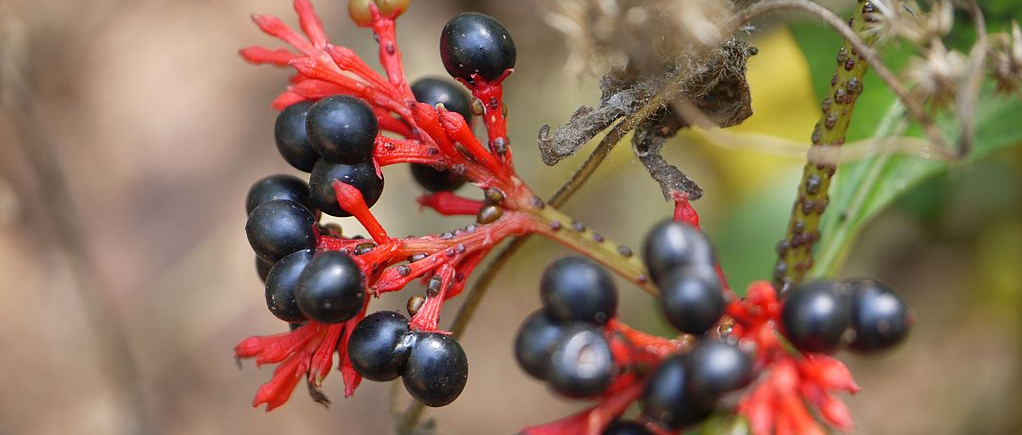2000+ Opportunities - How the MIAMi project enables access to rare plant alkaloids

In ancient Greek mythology a man called Tantalus experienced a special kind of hell: Even though he was standing neck-deep inside crystal clear water, with juicy, red apples hanging right down from the trees above him, he still had to starve and thirst for eternity. Since whenever he tried to drink or eat, both the water and the apples moved away from him, always staying just out of reach. A perfect definition of “so close, yet so far”.
In a similar, albeit admittedly less dramatic, position do pharmacists and biologists find themselves when they try to find new medicinal substances within in the vast richness of our plant biosphere. Just within the substance class of monoterpenoid indole alkaloids (MIAs) alone there are already more than 2000 compounds known to exists. Many of those that have been studied belong to the most interesting pharmaceuticals we have: From the anti-cancer blockbusters vincristine and vinblastine to the exotic psychedelic ibogaine and the poison stychnine. However, despite this very promising track-record, the overwhelming majority of MIA substances is only superficially researched or even not researched at all.
On the first glance this sounds like a paradise for researchers. A highly biological active substance-class with thousands of yet uncharacterized compounds? That´s like a sea of publications lying directly beneath our feet! Dozens of valuable, new medications that could potentially better the lives of millions of people in hands reach.
Yet, the story takes a sudden twist once we ask WHY most of these substances are not well researched yet. The single most prominent problem is their terribly low availability in nature. As it turns out many highly interesting natural products can only be found in minuscule amounts in often exotic, rare or slow-growing plants. This makes efficient isolation of meaningful amounts virtually impossible, which in turn heavily slows down or even completely inhibits further research.

Unlocking the sea of opportunities: The MIAMi project
But not all hope is lost: Modern science might present us a key to unlock the potential of all these rare MIA compounds. Theoretically, if we could identify all the genes that plants use to produce these substances we should be able to use genetic engineering to re-assemble them inside well researched and easy to grow micro-organisms, such as the baker´s yeast. Such engineered yeast would then enable cheap and sustainable production of these previous ultra-rare compounds.
This idea lies at the heart of the EU Horizon 2020 project MIAMi (“Refactoring monoterpenoid indole alkaloid production in microbial cell factories”). A team of international researchers from all over Europe joined the effort to create the first standardized method to produce MIAs in yeast. This effort includes the systematic streamlining of all steps of biotechnological work: The identification of the necessary genes in plants, their re-assemby and optimiziation in yeast and the large-scale production of purified compounds for clinical testing.
If successful, more than 2000 natural MIAs as well as new-to-nature variants will finally fully lie within the grasps of our researchers, pharmacists and doctors for further research.
All seven partners of the MIAMi consortium are specialists in one of these steps, which we will explain in detail in this blog series. Their technological progress is shared in open-access research papers for everyone to read and use for their own work.
Follow the project on:
Twitter: @project-miami
LinkedIn: @miami-project
Introduction video: https://www.youtube.com/watch?v=PSRY0oGu4x0